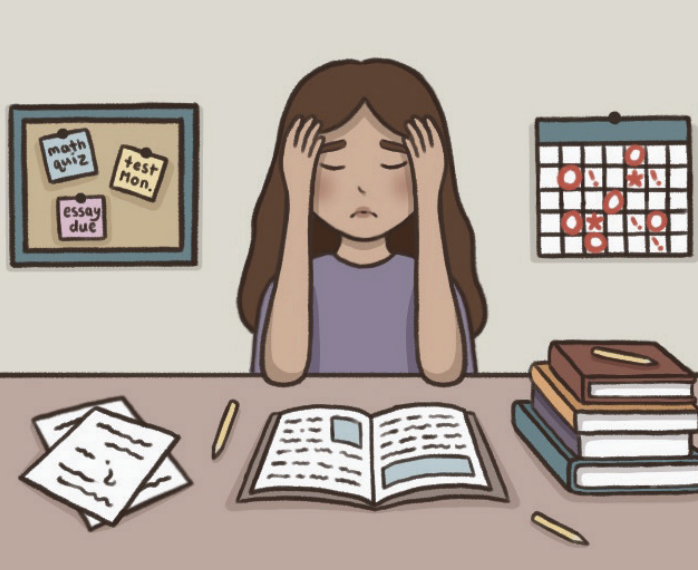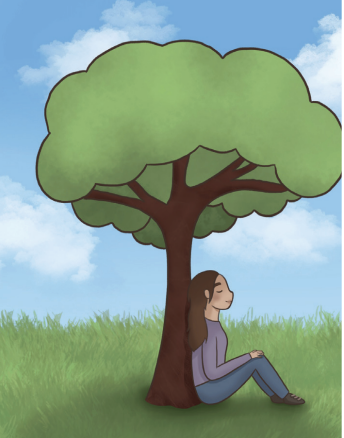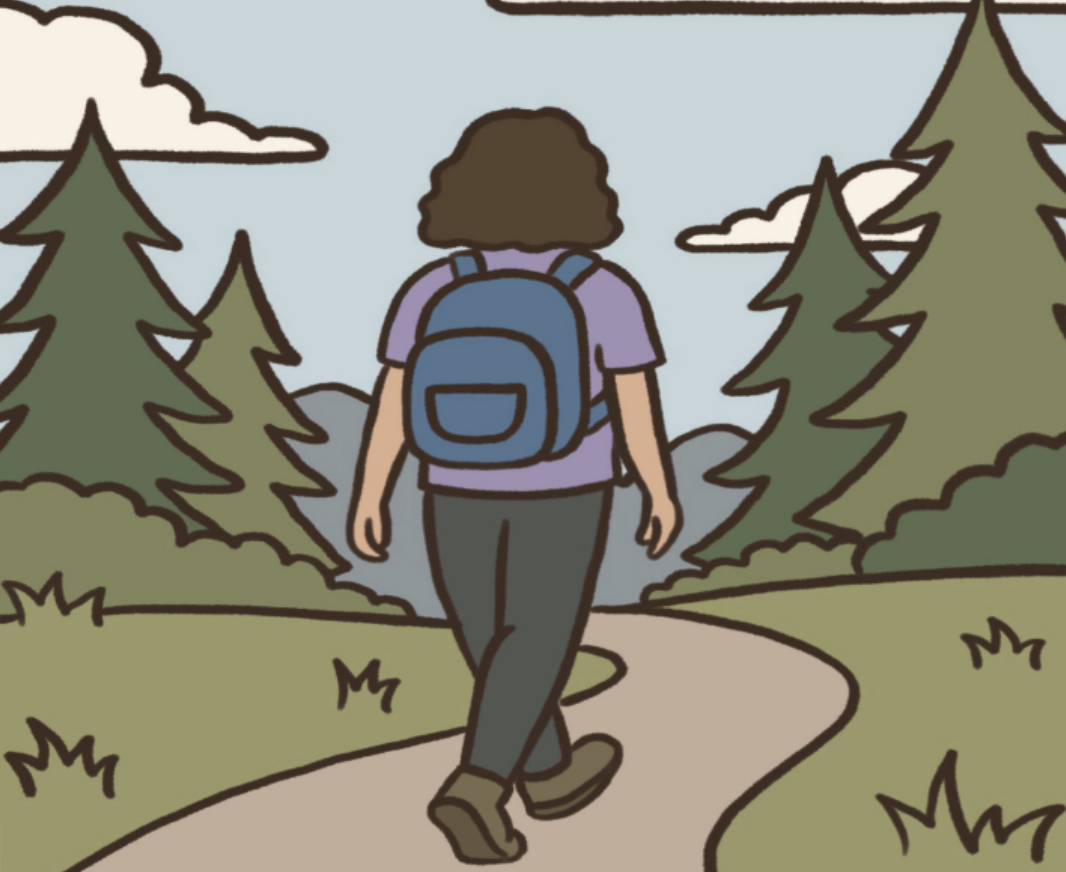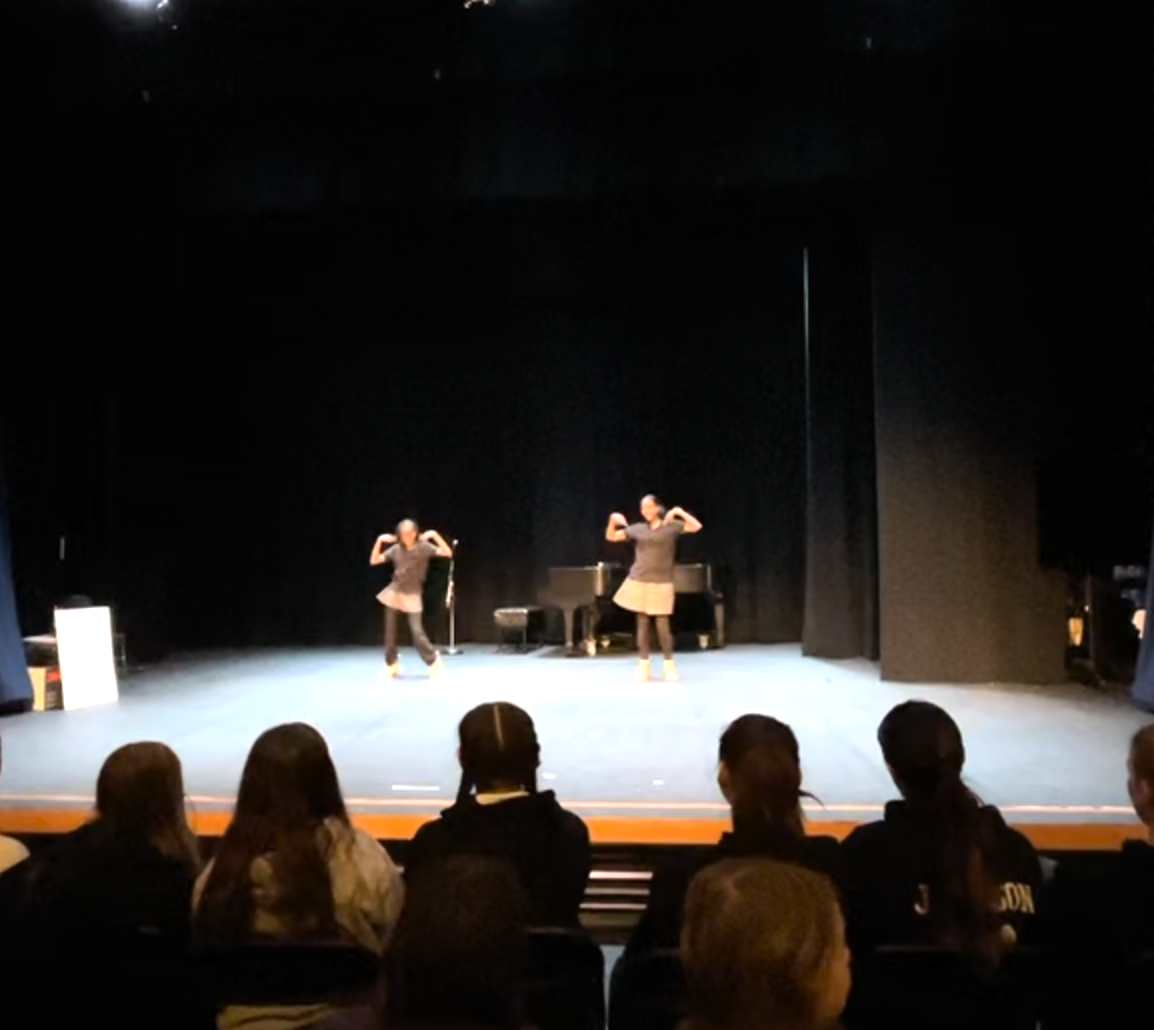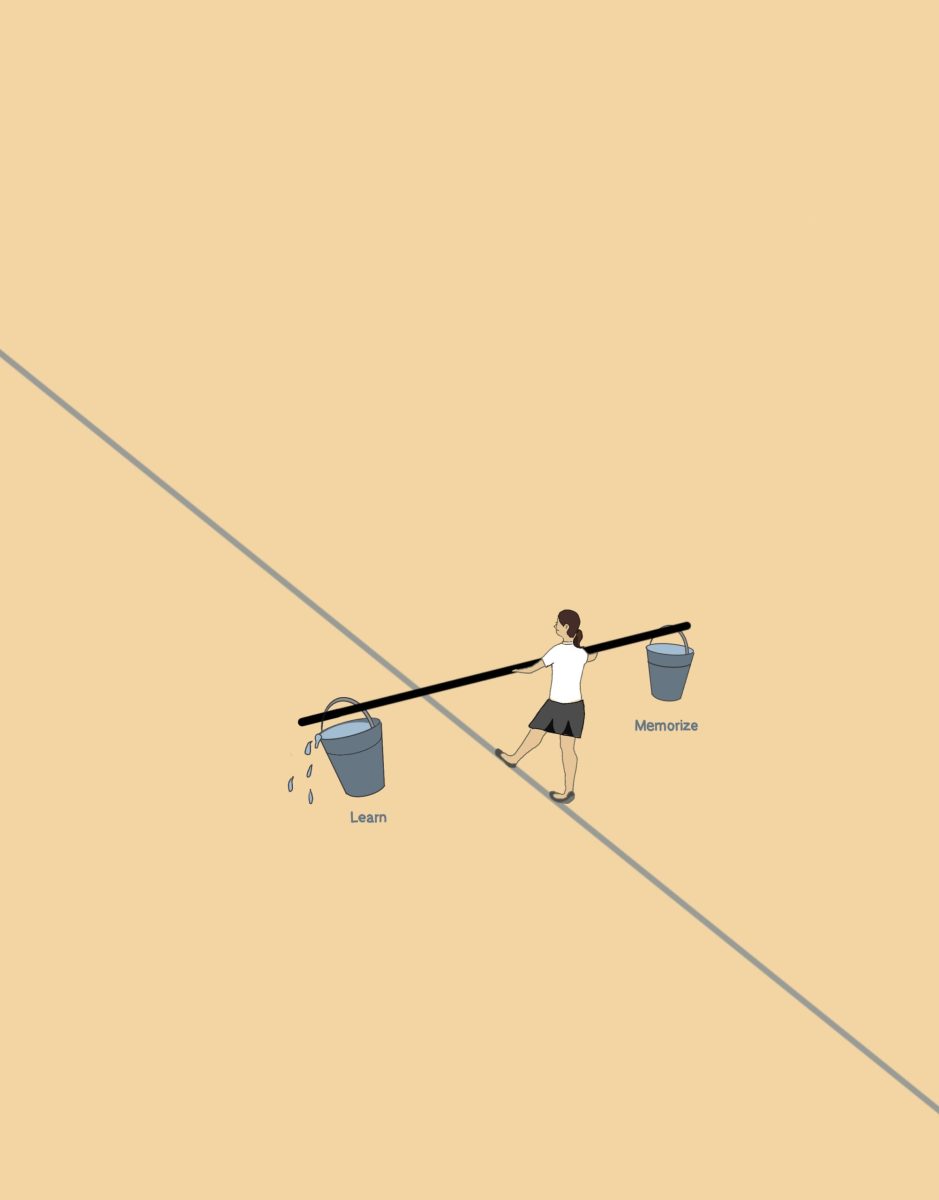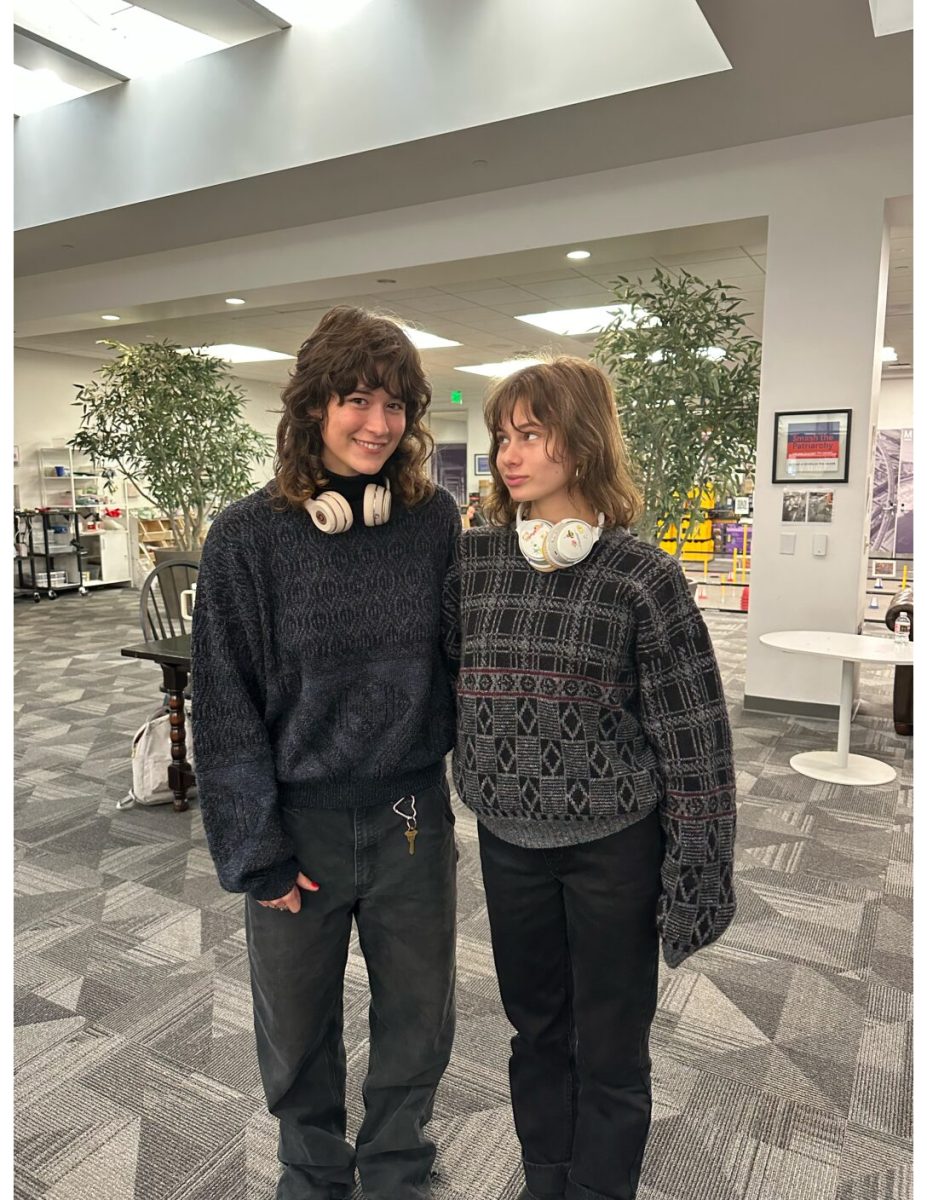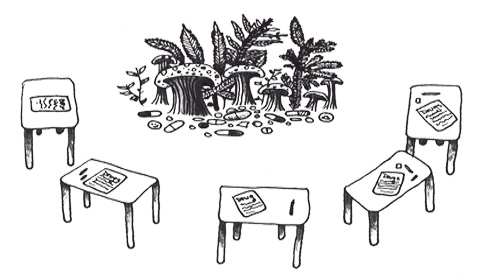
Marlborough provides drug education by teaching students about drugs in health class and by bringing speakers to campus every year. We at the UltraViolet think that in order for drug education to be more successful, it needs to be taught for an extended period of time when students can relate to it, rather than being taught for short periods of time when students are in 8th and 9th grade.
Each year, Jonathan Scott, founder of a drug prevention program called Miles to Go, comes to speak to eighth graders at Marlborough. Scott essentially tries to scare students so that they never even consider doing drugs. Using humor and intimidating statistics about how drugs can ruin one’s life, he leaves 8th grade students convinced that they will never, ever use drugs. He also educates parents about how to discuss drug use with their children.
In addition to participation in Miles To Go, Marlborough requires ninth graders to take health class, a section of which is devoted to drug education.
“[The] 9th grade health class, [includes student-researched] presentations on various drugs, as well as information about codependence,” School Counselor Emily Vaughn said.
While the drug education Marlborough provides is beneficial, we at the UltraViolet think that the majority of the program should be done at the end of 9th grade and through 10th grade instead of at the end of 8th grade and the beginning of 9th grade.
Ninth, tenth and eleventh graders generally encounter more challenging situations involving drugs than eighth graders do. For this reason, Scott should come when students are older so that he can address specific experiences students may have had, thereby enabling students to get more out of his program. We at the UltraViolet believe that drug education has the potential to be much more beneficial if done at the appropriate time.

